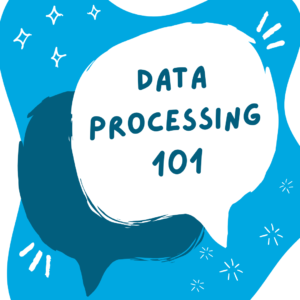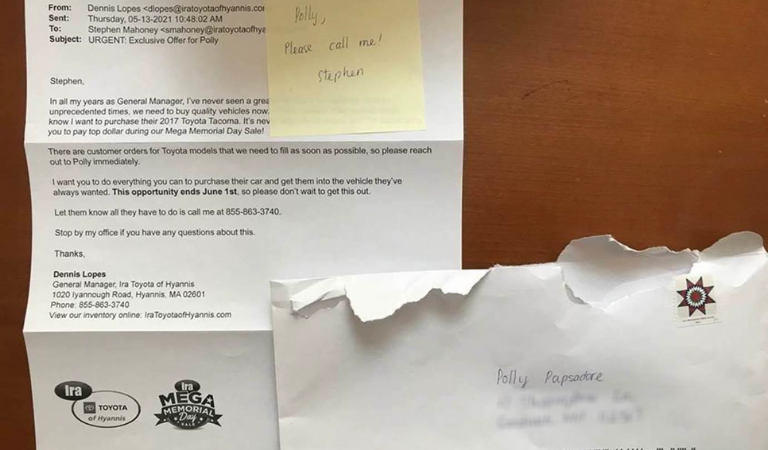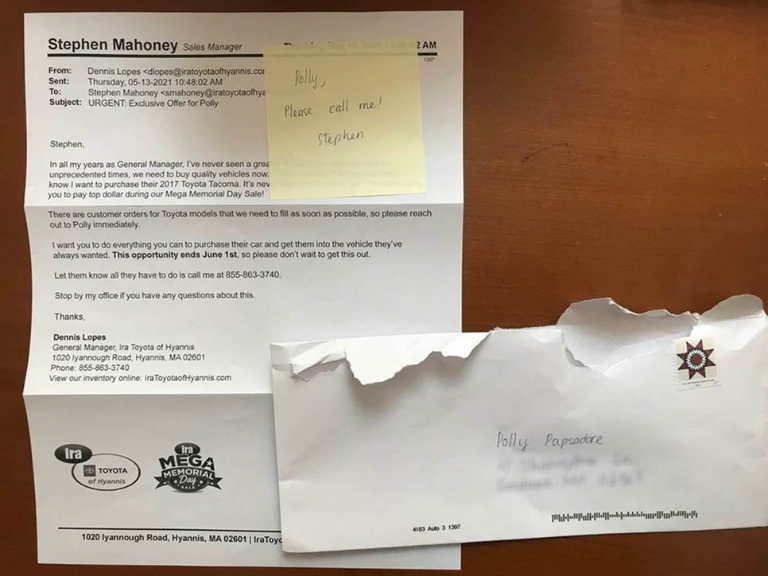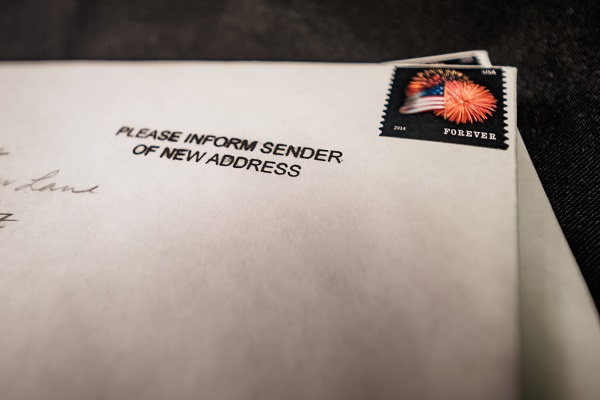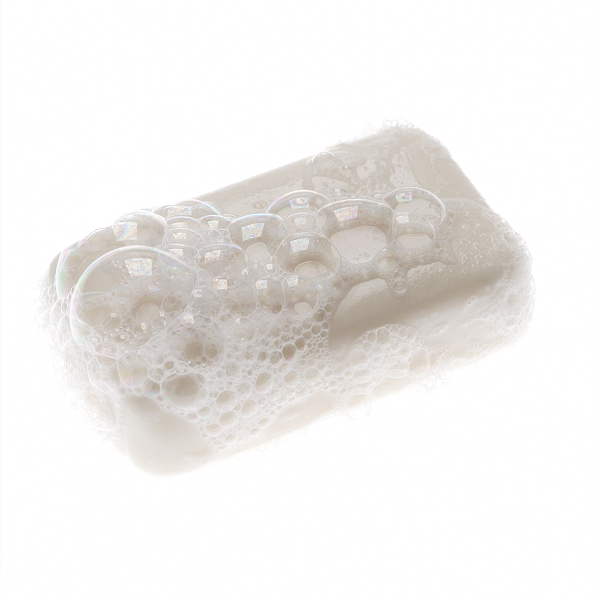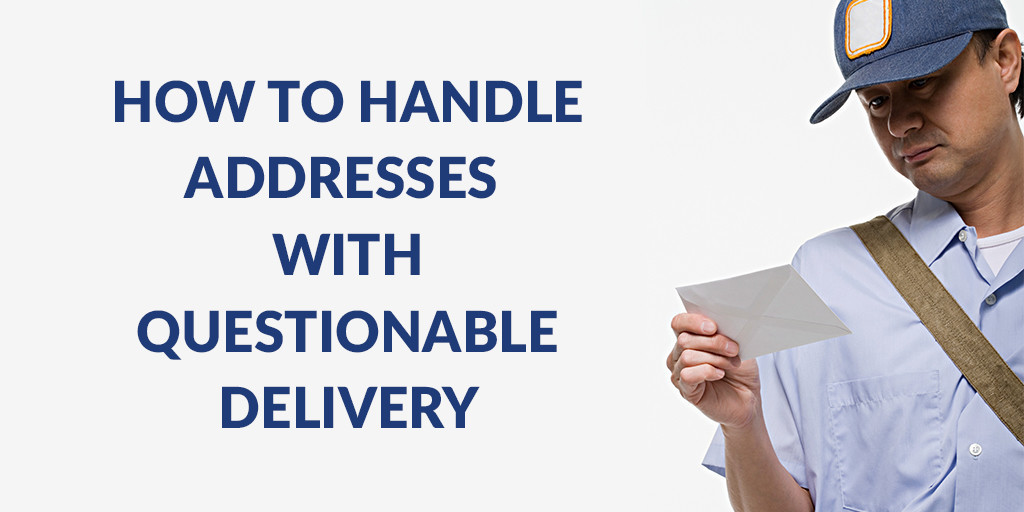The MMI Direct team is on the road and online presenting DM101 Data Processing trainings to nonprofit fundraising groups throughout the year. Here are a few highlights from these popular sessions!
- Understanding Data Hygiene and Merge Purge processing will help you make better business decisions about your process and your overall direct marketing program. It’s time to get empowered!
- Data hygiene cost-saving tactics are more critical than ever! A quality data hygiene program:
- Reduces your postage rates
- Reduces printing and mailing costs
- Improves your campaign and program performance
- Also improves mail deliverability and gets your mail delivered faster
- Tailor your Merge Purge Un-duplication Strategies to the different file types in your acquisition data set and your unique program requirements.
- Which record should be retained when duplicates are identified? Consider these criteria when assigning data set priorities: List ownership, list cost/exchange agreement, and list type: test list, retest list or continuation list
- Customize and test your un-duplication and match criteria strategies for different list groups. A tight match allows for very few variations on a record, medium allows for moderate variations, loose allows for many variations of each data element on the record.
- Learn how to analyze your data hygiene and merge purge processing reports so you can identify any red flags or opportunities to improve your process.
Want to learn more? View our fun and informative on-demand trainings on YouTube:
Data Hygiene: The Basics
Acquisition Data Merge/Purge: The Basics
Extra Credit! Demystifying Acquisition Data Merge/Purge Reports


